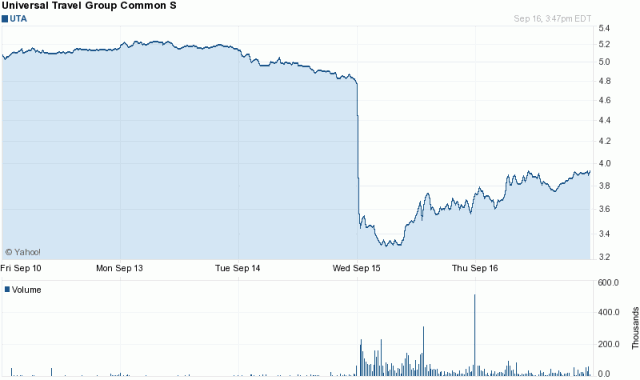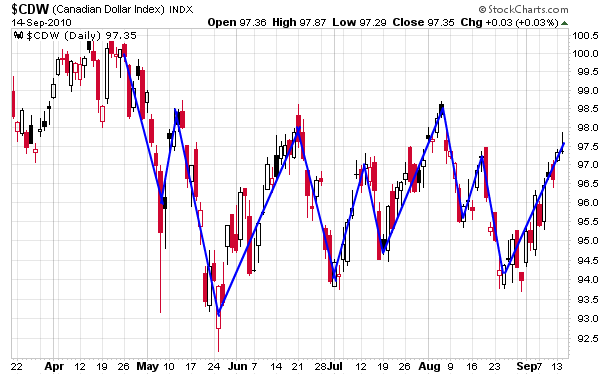There are four ways that investments are directly taxed in Canada:
1. Interest income – treated as fully taxed income;
2. Eligible Dividend income – treated as income multiplied by a gross-up factor (2010: 44%, 2011: 41%, 2012: 38%), and the net amount is reduced by a dividend tax credit (2010: 25.88% of actual dividend);
3. Non-Eligible Dividend income – treated as income multiplied by a gross-up factor (25%), and the net amount is reduced by a (lower) dividend tax credit (2010: 16.6667% of actual dividend);
4. Capital gains taxes – taxed at half the rate as ordinary income.
For this post, I will just concentrate on capital gains.
The cost basis of an investment should only be considered in the context of taxation. In all other circumstances, fair market value must be considered. The only value that the cost basis of your investment has is with respect to how much of a penalty (for gains) or reward (for losses) you will incur if you dispose of it. In a registered account (e.g. RRSP/TFSA), the cost basis of an investment is irrelevant.
Let’s take a hypothetical investment between two securities. Security ABC is a perpetual bond, paying $10 per unit. Security DEF is a perpetual bond of the same issuer, with substantively the same seniority/call provisions as ABC, paying $8 per unit. Your marginal rate (to make the math easy) is 50%.
Let’s pretend you bought ABC for $80, netting a pre-tax yield of 12.5% and after-tax yield of 6.25%. If ABC is now trading at $100/share, what price does DEF have to be in order for the decision to be a net positive? Assume frictionless trading costs, and capital gains taxes are payable immediately upon disposal.
I will answer this in a non-algebraic format to make this “readable”:
Step 1: Calculate how much capital you have at work. The answer is $100, not $80.
Step 2: Calculate how much capital you will have at work after disposal. Since your gain is $20, you will be taxed 50% of $10, which is $5. So the answer is $95 of capital.
Step 3: Factor in the yield differential. For this to be a break-even transaction, your $95 in after-tax dollars must equal the income of the prior portfolio, mainly $10. $10/$95 = 10.53%, so you must buy DEF below $76/unit in order for your transaction to make financial sense.
Note that if the market was efficient, when you bought ABC at $80/unit, you were receiving a 12.5% pre-tax yield. At this same time, DEF should have been trading at $64/unit. So when ABC appreciated 25% to $100/unit, DEF should have appreciated 25% to $80/unit. Instead, the frictional cost of the capital gains tax has required the optimal re-allocation of capital to $76/unit. If DEF, for example, was trading at $78/unit, it would be capital-efficient to swap out of ABC to DEF on a pre-tax basis (ABC = 10.0% pre-tax, DEF = 10.26% pre-tax), but not an after-tax basis.
This is why capital gains taxes result in capital mis-allocation. The larger the capital gain tax, the higher the mis-allocation. It gives investors an incentive to hold onto winning investments longer than they should.
Note this argument works in the other direction – if you had a capital loss situation on ABC, you would have received an incentive for purchasing a less efficient DEF to capture the proceeds of the capital loss despite taking a lesser percent yield.

